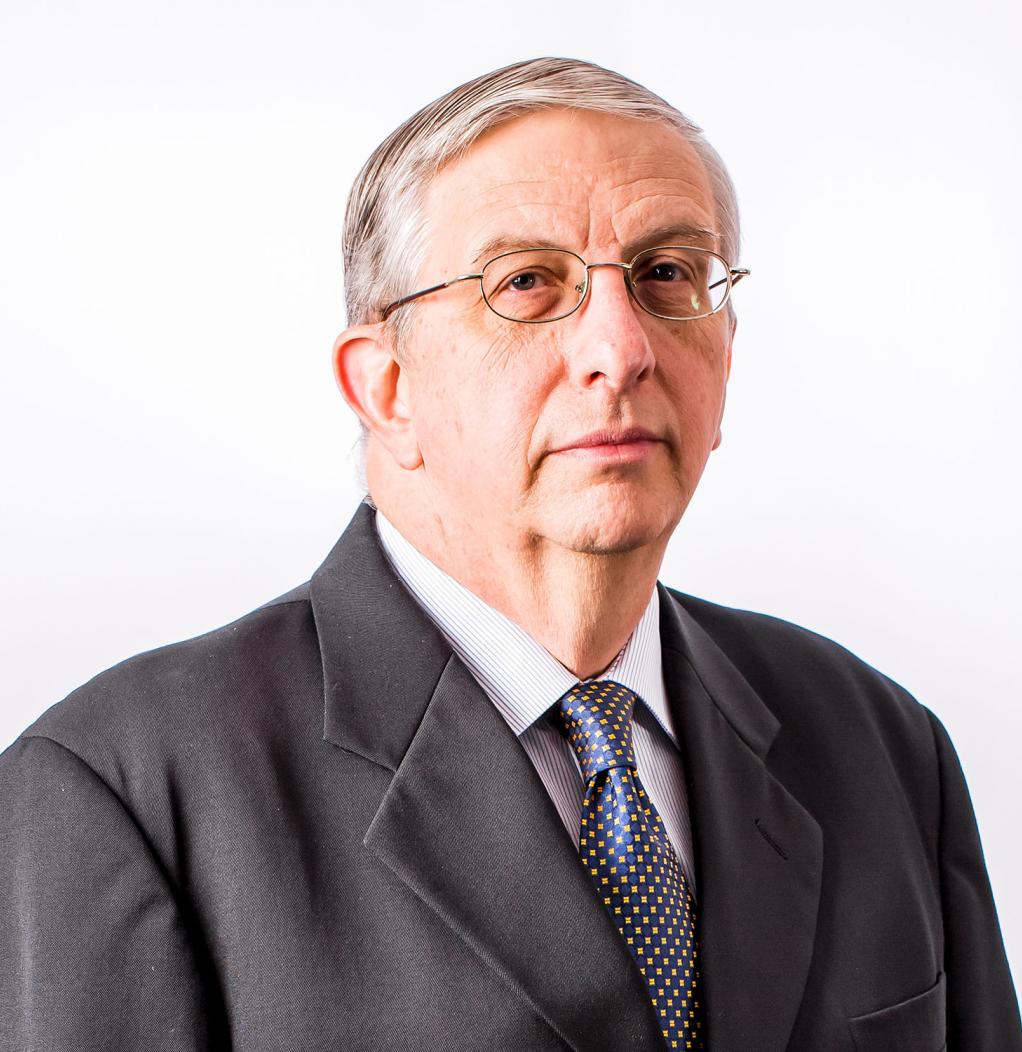The coronavirus pandemic has given rise to serious questioning of the viability of global value chains. By exposing the vulnerabilities of the different conventional economies that were successful in the XX century, some world leaders have called for increasing resilience and reducing dependence on global mechanisms for the governance and control of supply chains. In this respect, the circular economy is a model that has proven to be successful in contexts similar to the European Union.
The circular economy implies breaking with the linear paradigm of growth, and thinking about systems, flows and cycles. It is an opportunity to redesign conventional economies and current business models, moving them towards a conscious environmental and social resilience.
During the second half of the last century, the success of globalization, technological innovation and economic growth was based on low oil prices, and the excessive extraction of minerals and other natural resources from extensive non-recoverable areas. The disproportionate growth was unbalanced across almost all countries, both rich and poor. Now that time has passed, the negative balance is clear to see: debt at the macroeconomic level, financial instability, social inequality, waste dumped on the land and in the oceans, and environmental polarity have all grown, among other effects.
The legacy of economic wealth is also a legacy of large amounts of waste, sterile land and polluted waters, which have created a planet in chaos with scarce possibilities of recovering its resilience (as can be seen in the current pandemic and other natural catastrophes that will become increasingly frequent and devastating).
For this reason, corporations, regions and governments are faced today with a dilemma: to continue growing economically or to reduce revenue in order to return to pre-industrial global warming indicators.
In the last century, innumerable methodologies and procedures were created for generating business models: focused on the customer, on the market, on what is their canvas, etc. These methodologies and procedures were the basis for incubating and accelerating enterprises. The vast majority of models were based on linear chains of processes for production, procurement, logistics and economics, mainly based on carbon. The reality of the business world today is very different, as evidenced by the pandemic.
Preparing for the pandemic was relatively easy; it was a public policy decision for each country. But getting out of it will require breaking many economic, social and environmental paradigms, for which neither companies, nor governments, nor individuals are prepared.
Today there is more than one customer, but one of them is a priority: the environment. This becomes evident if we consider the pollution of the oceans, the destruction of the forests, the intoxication of our waters, and the aridity of the land. We can also see a disjointed society, with the socioeconomic gap growing enormously, with other needs and ailments such as migration, violence and epidemics, to say nothing of the unchained consumption of unnecessary products.
The circular model to the rescue
We must break with the linear model of business and institutions, and create contexts that adapt to produce sustainable wealth, with 0-emission businesses, new jobs, economies that produce fewer products with fewer scarce resources, for more targeted segments (such as the base of the pyramid), less garbage and less waste of unused capacities, and a greater awareness of the regeneration of natural resources.
In the book Designing New Businesses in a Circular Economy, I explain how to transform a linear business initiative into a financially profitable and attractive “extended value circular system of multiple unusual businesses” aligned with the sustainable growth of a region.
The book describes a methodology based on multiple cases and mainly focused on:
- Identifying unusual opportunities
- Analyzing the conditions of a region, that are necessary and sufficient to implement circular value systems
- Formulating the transition from a linear to a circular model
- Articulating the dynamics of a circular phenomenon that generates extended added value
- Designing the Circular Economy Business Model (CEBM)
- Building the advantages of the CEBM, and measuring them
- Formulating the business strategy to generate sustainable advantages that are very difficult for the competition, or linear businesses, to replicate, with the benefits of shared value and aligned with society and the environment
To reach these "unusual economic" states, certain appropriate regional conditions must be generated and entrepreneurs must be trained with a systemic and sustainable vision. The process of creating new ventures based on a circular economy is complex and different from that used to start linear businesses. We must understand how to break the design paradigms used for businesses with conventional structures, manage new capacities to innovate in a disruptive way, and create and manage special regional conditions. These are required to conceptualize, design, articulate and implement clusters of multiple relationships between stakeholders and external factors, such as industrial policy, holistic administration, triple stakeholder vision (economic, social and environmental), the management of atypical processes and having a systemic leadership that is unusual in the current traditional environment of industry and government.
In the SWIT Group (Sustainable Wealth creation based on disruptive Innovation and enabling Technologies), we have been working since 2007 to find mechanisms to maintain the balance between the growth of the economy and the improvement of the quality of life of the population, while at the same time reversing the deterioration of the natural wealth of the different regions. Under the onslaught of the pandemic, we are redoubling our efforts to move towards a model of sustainable wealth creation and shared prosperity for all, especially for developing countries.
Also published in El Economista.
